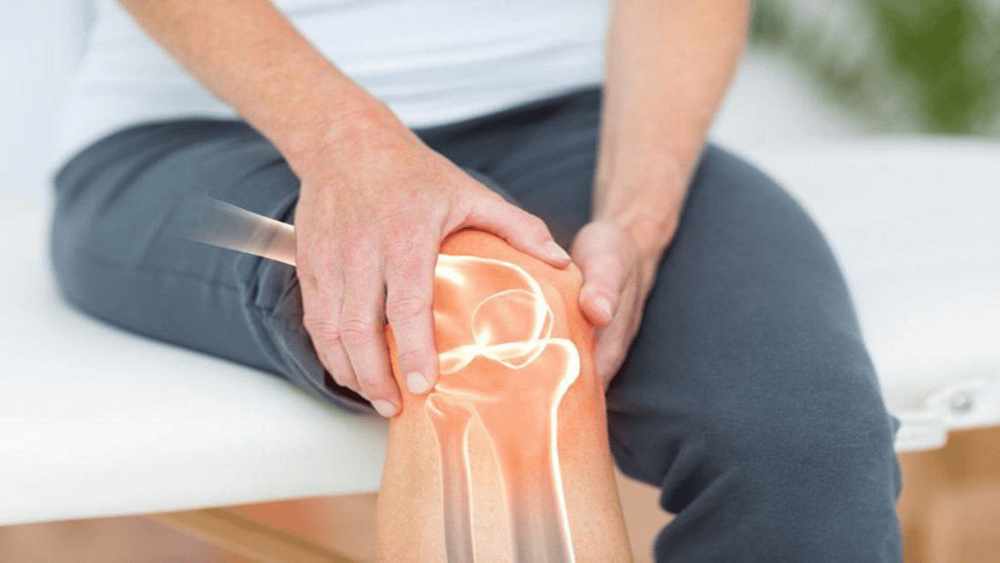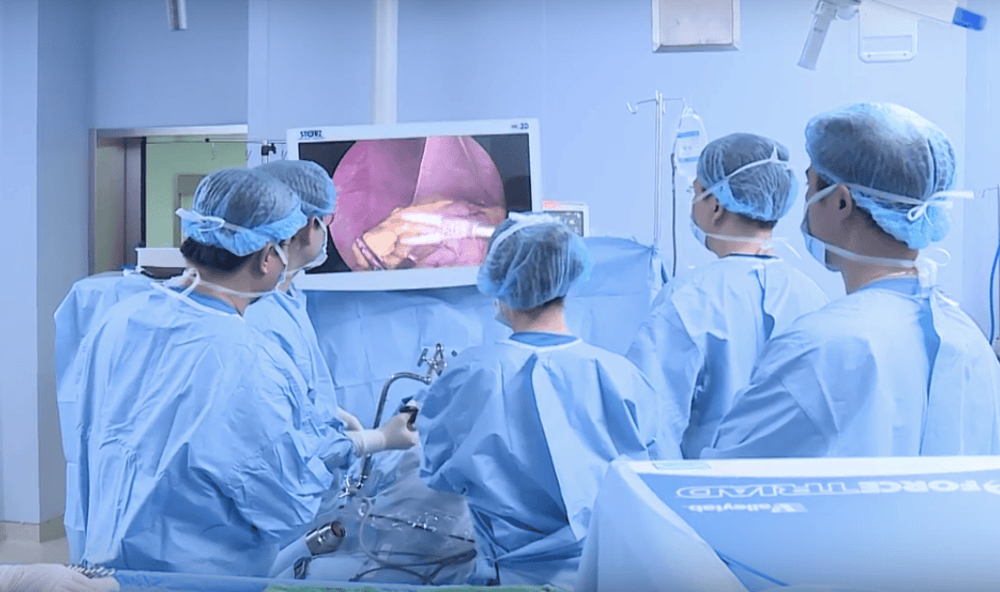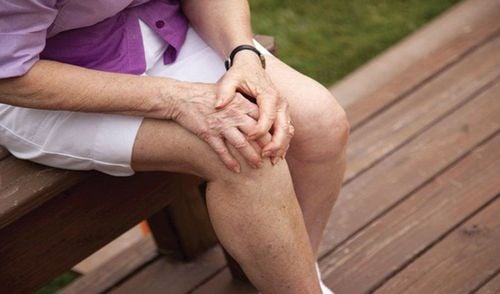This is an automatically translated article.
The article was professionally consulted by Specialist Doctor II Mai Anh Kha - Orthopedic surgeon - Department of General Surgery - Vinmec Danang International General Hospital.1. What is arthroscopic knee surgery?
Arthroscopic knee surgery is a type of keyhole knee surgery that allows your surgeon to see the inside of your knee with a camera. Your doctor may recommend knee arthroscopy if you have persistent knee pain and other symptoms.Surgery can repair or remove any damaged tissue and cartilage or to treat an unstable kneecap.
Your surgeon will use an arthroscope (a thin metal tube that contains a camera) and small surgical instruments during your knee surgery. The transmitted image will be displayed on a screen. Your doctor may save these images to show you what happens to your knee after surgery.
You will recover faster with arthroscopic knee surgery than with open knee surgery.

2. Preparing for knee arthroscopy
Knee arthroscopy is usually performed under general anaesthesia, or under local anaesthesia, where you'll sleep during the procedure. General anesthetics can make you feel tired, so it's important that you don't eat or drink anything for six hours before your knee arthroscopy.Usually you will be able to have arthroscopic knee surgery and go home from the hospital on the same day. However, in some cases, if you have had a regional anesthetic (a local anesthetic that numbs the larger area of the leg), you may need to stay overnight until you can walk well enough.
Your doctor can diagnose your knee problem by examining your knee or taking an X-ray or magnetic resonance imaging (MRI) scan. An MRI scan uses a magnetic field and radio waves to give very detailed images of the inside of the body.
3. What happens during arthroscopic knee surgery?
You will lie down on a table with your legs in the correct position so that the surgeon can see the knee clearly. The surgeon will wait for the anesthetic to start working. They will then make small cuts in the skin around the knee.The doctor will put a sterile liquid into the knee joint to wash it off. This will help see the inside of the knee more clearly. They will then insert an arthroscope (a thin metal tube containing a camera) and examine the knee joint by looking at the image on the screen.

After the procedure is done the surgeon will drain the fluid. Close the cut with stitches or adhesive strips and wrap the bandage around the knee.
4. Recovery after arthroscopic knee surgery
After arthroscopic knee surgery, your knee is likely to feel pain and swelling. A cold compress, such as ice, can be applied as it helps reduce swelling and bruising. Do not apply ice directly to your skin as it can damage your skin; Wrap the ice in a handkerchief.Need to rest until the effect of the anesthetic wears off. It may take several hours before the feeling returns. Be careful not to bump or knock. Some discomfort as the anesthetic wears off and some swelling may be noticed.
Do not put weight on your legs for a week after arthroscopic knee surgery. So use crutches if you need to move. Your physical therapist can give you some exercises that will help improve strength in your knee. Continue doing these exercises when you get home, as they will help you recover faster.
Everyone recovers from arthroscopic knee surgery differently. The time you need to recover will depend on many things, including whether you had any treatment during your knee surgery. It takes most people two to six weeks to fully recover.

5. Side effects and complications of arthroscopic knee surgery
After arthroscopic knee surgery, you may experience pain and swelling around your knee. This can last up to a week and is completely normal. But talk to a surgeon or nurse if the knee starts to bleed.Arthroscopic knee surgery can cause a few complications. These include:
Deep vein thrombosis (DVT) Accidental damage to the inside of the knee joint Infection within the knee joint Clear liquid leaking into the joint and out into the skin Nerve damage, which can lead to loss of sensation sensation in the skin above the knee Muscle weakness - this can often be treated with physical therapy Persistent pain If you have a torn or damaged meniscus removed from the knee joint during knee arthroscopy , which can make you more susceptible to osteoarthritis later in life.
Arthroscopic knee surgery is one of the most common surgical procedures performed by orthopedists. Through this article, we hope to provide you with useful information if you are preparing to perform this procedure.
Patients need to be examined soon after trauma for explanation and surgical options. Vinmec International General Hospital is the leading prestigious address with:
Good MRI machines Experienced specialists, sterile operating room, strict surgical procedures. Any questions that need to be answered by a specialist doctor as well as customers wishing to be examined and treated at Vinmec International General Hospital, please book an appointment on the website to be served.
In April & May 2021, when there is a need for examination and treatment of knee ligament injuries at Vinmec Danang International Hospital, Vinmec Phu Quoc International General Hospital, International General Hospital Vinmec Hai Phong & Vinmec Ha Long International Hospital, customers will enjoy dual incentives:
- Free specialist examination and free Rehabilitation Package :
+ Package of examination, exercise counseling and rehabilitation treatment - Knee pain - treatment with short waves, ultrasound
+ Package of rehabilitation examination, training and treatment - Knee pain - osteoarthritis
+ Package of examination, training and treatment Rehabilitation - Knee pain - after knee injury
- Reduce 50% of the cost for customers who have a prescription for post-examination treatment. The program is limited to the corresponding technique of each hospital and to customers who perform this treatment technique for the first time at Vinmec.
Please dial HOTLINE for more information or register for an appointment HERE. Download MyVinmec app to make appointments faster and to manage your bookings easily.









